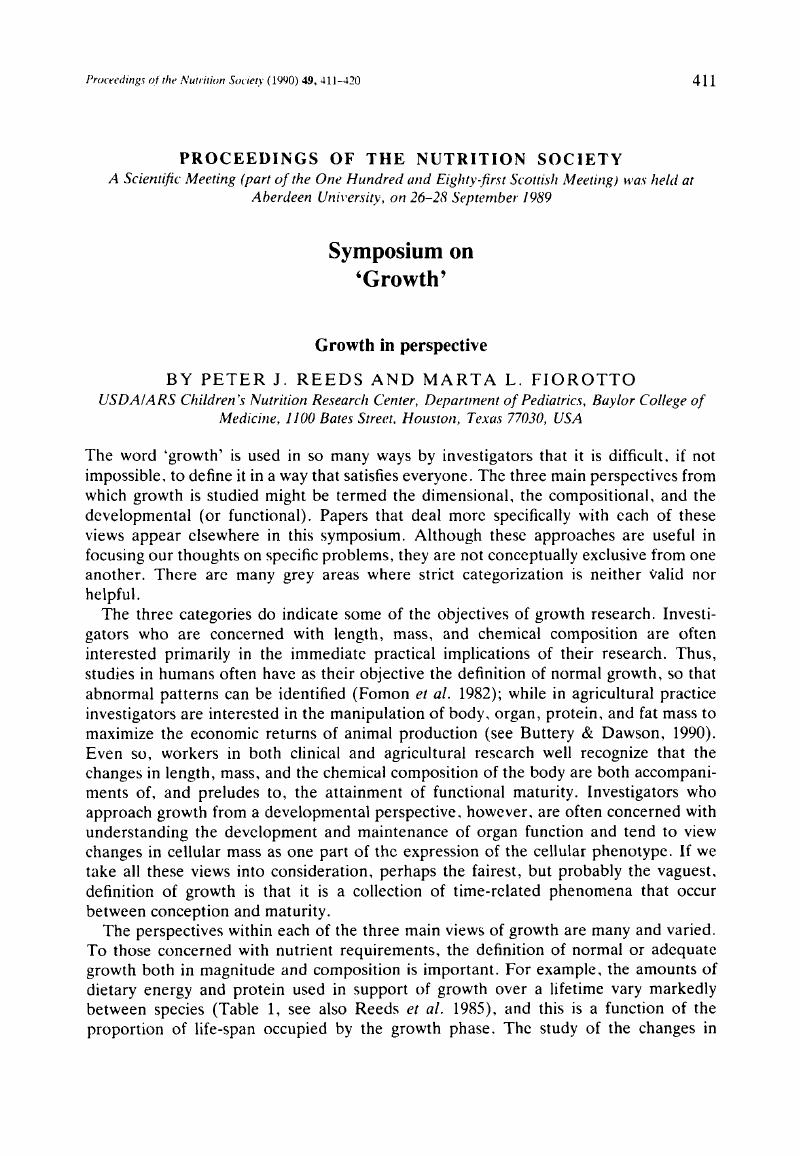Crossref Citations
This article has been cited by the following publications. This list is generated based on data provided by Crossref.
Schadereit, R.
Klein, M.
Souffrant, W.‐B.
Krawielitzki, K.
and
Renne, U.
1997.
Protein metabolism in mice selected for high carcass protein content or high body weight.
Journal of Animal Physiology and Animal Nutrition,
Vol. 78,
Issue. 1-5,
p.
105.
Eastwood, Martin
1997.
Principles of Human Nutrition.
p.
485.
Lightfoot, P.S.
and
German, R.Z.
1998.
The effects of muscular dystrophy on craniofacial growth in mice: A study of heterochrony and ontogenetic allometry.
Journal of Morphology,
Vol. 235,
Issue. 1,
p.
1.
Di Masso, R.J
Celoria, G.C
and
Font, M.T
1998.
Morphometric Skeletal Traits, Femoral Measurements, and Bone Mineral Deposition in Mice With Agonistic Selection for Body Conformation.
Bone,
Vol. 22,
Issue. 5,
p.
539.
Stewart, S.A.
and
German, R.Z.
1999.
Sexual dimorphism and ontogenetic allometry of soft tissues inRattus norvegicus.
Journal of Morphology,
Vol. 242,
Issue. 1,
p.
57.
Di Masso, Ricardo J.
Silva, Patricia S.
and
Font, María Teresa
2000.
Asymptotic weight and maturing rate in mice selected for body conformation.
Genetics and Molecular Biology,
Vol. 23,
Issue. 2,
p.
235.
Touvier, T
De Palma, C
Rigamonti, E
Scagliola, A
Incerti, E
Mazelin, L
Thomas, J-L
D'Antonio, M
Politi, L
Schaeffer, L
Clementi, E
and
Brunelli, S
2015.
Muscle-specific Drp1 overexpression impairs skeletal muscle growth via translational attenuation.
Cell Death & Disease,
Vol. 6,
Issue. 2,
p.
e1663.
Mallette, Sarah D.
McLellan, William A.
Scharf, Frederick S.
Koopman, Heather N.
Barco, Susan G.
Wells, Randall S.
and
Ann Pabst, D.
2016.
Ontogenetic allometry and body composition of the common bottlenose dolphin (Tursiops truncatus) from the U.S. mid‐Atlantic.
Marine Mammal Science,
Vol. 32,
Issue. 1,
p.
86.





